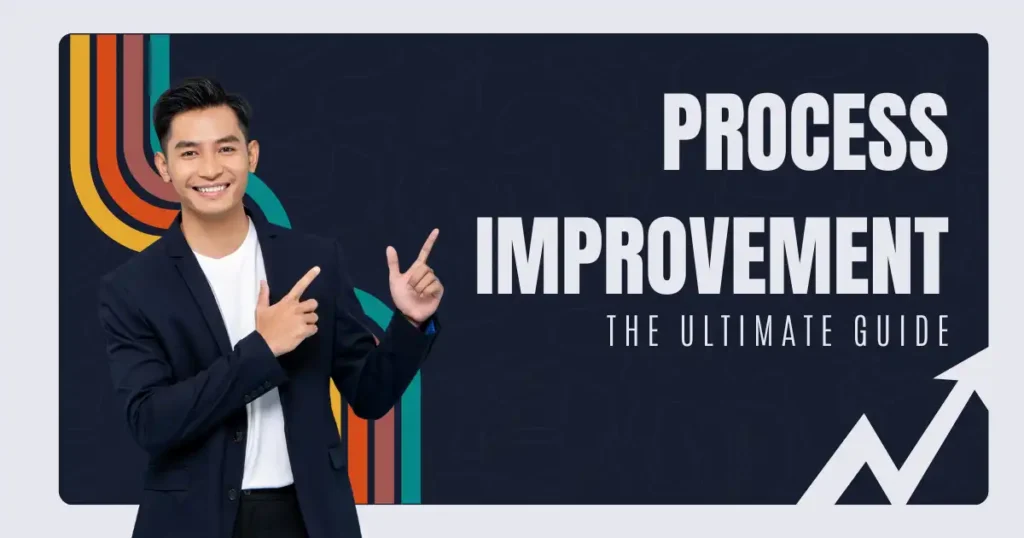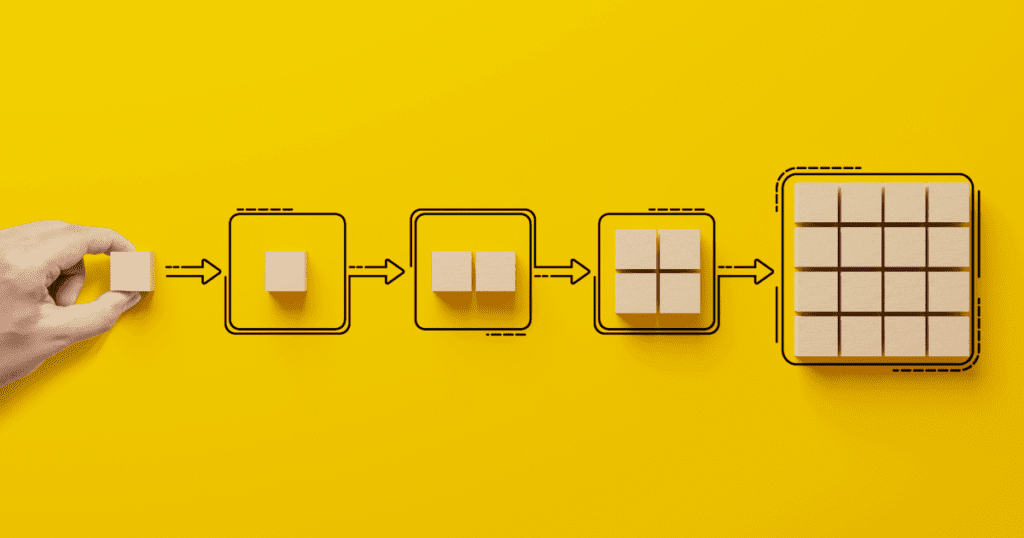Table of Contents
I. Mistakes Cost Money
In manufacturing, mistakes aren’t a rare surprise—they’re part of the daily grind.
Someone grabs the wrong part. A label gets swapped. A product ships with a missing screw. These aren’t freak accidents. They’re normal human behavior.
But those tiny mistakes? They cost big.
Real-world example: One factory mislabels allergy info on a food package. Result? A nationwide recall, lost revenue, and legal headaches.
“An ounce of prevention is worth a pound of cure.” – Benjamin Franklin
That’s where Poka-Yoke comes in. It’s not about working harder. It’s about designing systems that make mistakes hard to make.
II. What Is Poka-Yoke? (Plain and Simple)
Poka-Yoke (pronounced poh-kah yoh-keh) is Japanese for mistake-proofing.
It’s a method that makes it impossible, or at least very difficult, to do something the wrong way.
Think of it as built-in common sense.
It was created by Shigeo Shingo at Toyota in the 1960s. His insight? Don’t just fix errors—design systems that don’t allow them in the first place.
Poka-Yoke doesn’t replace people. It supports them—by removing chances to mess up.
III. Why Poka-Yoke Works
Let’s keep it simple: humans make mistakes. A lot of them.
Studies show that 60–80% of quality issues in manufacturing are due to human error.
Poka-Yoke flips that.
It works because:
- It stops errors before they become defects.
- It saves money—less rework, fewer returns, no expensive recalls.
- It boosts safety—no more guessing, no risky steps.
- It’s fast, simple, and cheap to implement.
In short, Poka-Yoke takes the pressure off people—and puts smart design to work.
IV. Two Types of Poka-Yoke
Poka-Yoke isn’t one-size-fits-all. There are two main flavors—each stopping mistakes in a different way.
1. Prevention Poka-Yoke
This one stops the mistake from happening at all.
It’s built into the process so doing the wrong thing just isn’t possible.
Example:
A USB plug only goes in one way. You don’t have to think. You can’t get it wrong.
Result: No errors. No do-overs.
2. Detection Poka-Yoke
This one catches the mistake after it happens—but before it causes damage.
It throws a flag so the issue gets fixed on the spot.
Example:
A machine beeps if a part isn’t loaded right or something is missing.
Result: Mistake caught early. Defect prevented.
V. Common Poka-Yoke Techniques (With Examples)
You don’t need to reinvent the wheel. These proven methods work across industries:
✅ Checklists
Used in aviation, surgery, and factories.
Why: Simple steps get missed all the time. Checklists make sure they don’t.
📡 Sensors
Detect if something is missing, misaligned, or in the wrong spot.
Example: A conveyor stops if no product is detected before sealing.
🔷 Shape Matching
Parts are designed to fit only one way—no guesswork.
Example: SIM cards. Wrong orientation? Doesn’t fit.
🎨 Color Coding
Label wires, tools, and containers by color.
Example: Red bin for defects, green for approved parts.
🔒 Physical Blocks
A system won’t run unless all conditions are right.
Example: Machine won’t start unless guards are closed and parts are in place.
All simple. All powerful. All mistake-proof.
VI. Real-World Wins: Poka-Yoke in Action
🍴 Food Industry Fix
A snack company kept sealing empty pouches due to feeding issues.
They installed a sensor to detect contents before sealing.
Result: Defects dropped 95%. No more wasted film. No more angry customers.
🚗 Automotive Precision
A car parts manufacturer had workers installing bolts into multiple holes. Mistakes were common.
They introduced custom jigs—bolts only fit in the right hole.
Result: Zero installation errors. No extra training needed. Just better design.
VII. Where Poka-Yoke Fails (And How to Fix It)
Even a good idea can flop if it’s done wrong. Here’s what makes Poka-Yoke break down:
- Overcomplicating the design
If it’s too complex, no one uses it—or worse, they work around it. - Making it optional
A mistake-proofing tool that can be bypassed isn’t mistake-proof. - Ignoring worker feedback
The people using the system daily know what works and what doesn’t.
✅ Fix it fast:
- Keep it simple.
- Make it automatic.
- Design it so it’s hard to miss and hard to mess up.
If it takes more than 10 seconds to explain, it’s probably too complicated.
VIII. Poka-Yoke Beyond the Factory
Poka-Yoke isn’t just for engineers. You see it every day, all around you:
- Microwave ovens won’t run unless the door is closed.
- Credit cards only insert one way—wrong angle? No read.
- ATMs won’t give you cash until you remove your card.
Mistake-proofing is everywhere because it works.
It keeps people safe. It saves companies money. And it reduces stress for everyone.
IX. Wrap-Up: Small Fixes, Big Results
Poka-Yoke is not about expensive tech. It’s about clever, low-cost fixes that make mistakes almost impossible.
And it works everywhere:
- On the factory floor.
- In hospital checklists.
- In commercial kitchens.
- Even in your office software.
Final stat: Companies that apply Poka-Yoke effectively often see defect rates drop by 50% or more within months.
Small changes. Huge payoff.
Mistakes will happen—but with Poka-Yoke, they won’t stick around long.











